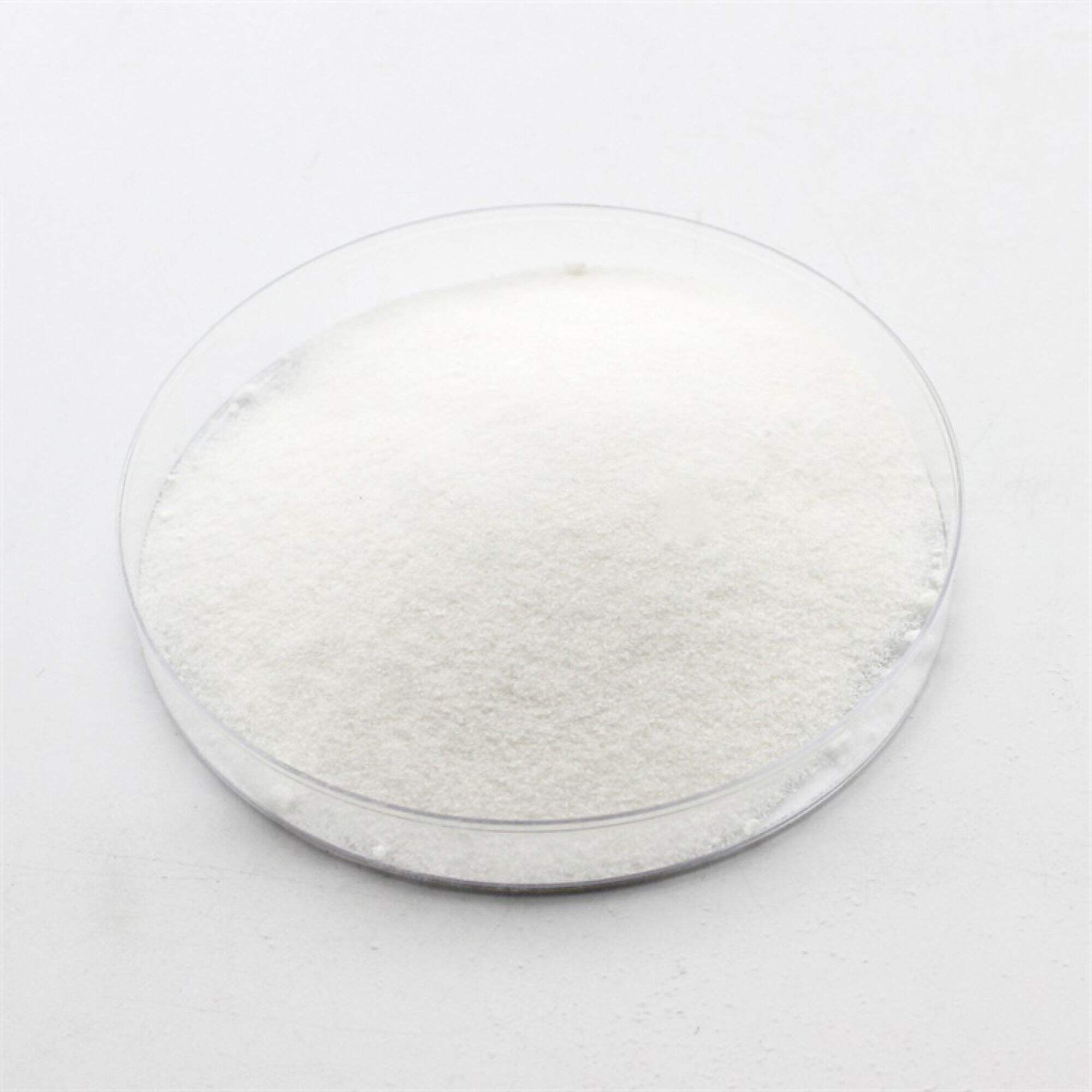Treating water is very important as it ensures that our health standards and environmental protection reach a whole new level. Chlorination is one of the most common ways used to disinfect water and kill bacteria that can lead to life-threatening conditions, as well as other pathogens causing diseases. While several advantages have been recognized but similar to any other eco-labelled Water Treatment Chemicals and tech development there also emerged some worry related with the formation of byproducts particularly on environmental impact. So further developments in the area is necessary to opt best possible efficient and eco friendly process. Read this article to learn about the innovations that are changing water treatment by DEVELOP and how chlorination can be used more effectively for drinking water, allowing greater process improvement.
Innovations
The last few years have seen a spate of innovations in the actual ingredients used to create chlorines which are designed to help improve performance while resolving some of these same issues. Innovation is represented by the use of plant-based stabilized chlorine dioxide (SCD), a potent disinfectant that avoids forming harmful disinfection by-products as THMs. Consequently, Stabilised chlorine tablets remains effective across a wide range of pH and will perform under tough environmental conditions which are common when valve plugs open prematurely.

Responsible and Efficient Use of Chlorine
Sustainable water treatment solution is combined with automatic systems for monitoring of cl-dosing (on the pool). Armed with this information, the systems readjust chlorine doses in real time resulting to a far more precise dose and lower exposure of aquatic environments including those same animals likely impacted by overuse due to under-treatment. In addition, the use of advanced oxidation processes (AOPs), which involves using a combination Chlorine powder and ultraviolet light or ozone to eliminate contaminants is on rise. The application of these new technologies along with wastewaters offers better disinfection, increases removal performance and also provide one more chance to deal with resistant contaminants and toxic byproducts derived from pretreatment radically challenging RAS.
Using Chlorine Safely in the Treatment of Drinking Water
This encapsulated chlorine technology is a game changer, so far reports have documented that this will revolutionize the drinking water safety industry. This allows much lower dosages in the parts per million to be released via microencapsulation over time, averting unsafe direct handling or over exposure. It is also a part of increasing safety to workers during application and ensuring consistent water quality at least at access points, for public health protection reasons.
How Chlorine Treatments Enhance Water Processing Efficiency
High efficiency has also been critical to chlorine advances, especially in water processing work that is a common competing signal metric. Where this has continued, it has powered the rapid uptake of technological advances in electrochlorination systems which generate chlorine onsite from seawater - transforming water disinfection. The systems provide operational cost savings and enhanced safety by not requiring the transportation or storage of chlorine gas as a hazardous material. The flexibility to adjust chlorine production outside the programmed operation intervals allows you deploy power when needed and guarantees a reliable supply of disinfection.
Creation of Chlorine Compounds and the Water Standards to Come
Novel chlorines custom formulated for specific applications. The latest in water treatment technologies are chloramines (a complex mixture of chlorine and ammonia), which is a secondary disinfectant now being used ever more extensively inside supply systems. Both continuous residual disinfection, lower formation of byproducts than free chlorine and that meet stricter regulations on drinking water quality. Chlorine-based nanomaterials-related research might also open a door for the discovery of an alternative path to target/disinfect specific contaminants over others, which in turn translates into efficient and more energy-effective selective contaminant removal as well - such is part of the novelty that this new way or paradigm towards water purification represents.
This constant tug between preserving public health and the environment, means there is (or will not be) an end point in a continued evolution of chlorine uses for water treatment. By integrating these innovations, we can ensure a more secure drinking water today and then strategies in water management which gives us an idea of what the future standards are like. Technological advances allow us to leverage the power of chlorine without endangering human life, or threatening our environment.

 EN
EN








































